I have the following table but after many tries have been unable to plot the data so that the x-axis tick marks line up with the year. I have found solutions to boxplots, but not for geom_line()
How can I make discrete labels for year?
the following solutions did not work
g + scale_x_discrete(limits=c("2013","2014","2015"))
g + scale_x_discrete(labels=c("2013","2014","2015"))
distance_of_moves distance moved year 1 2.914961 2013 2 2.437516 2014 3 2.542500 2015
ggplot(data = distance_of_moves, aes(x = year, y = `distance moved`, group = 1)) +
geom_line(color = "red", linetype = "dashed", size = 1.5) +
geom_point(color = "red", size = 4, shape = 21, fill = "white") +
ylab("Average distance of movement") +
xlab("year")

